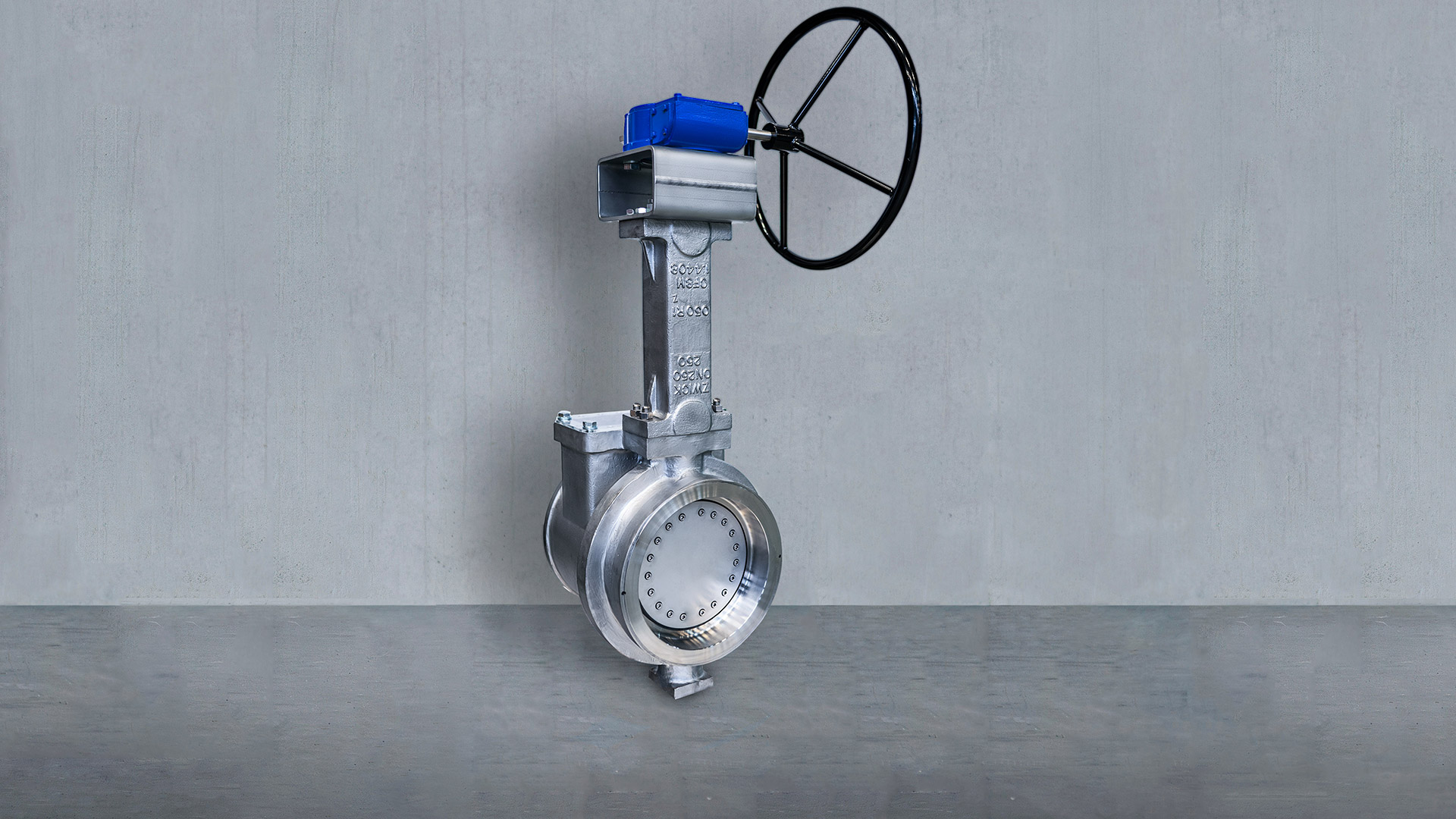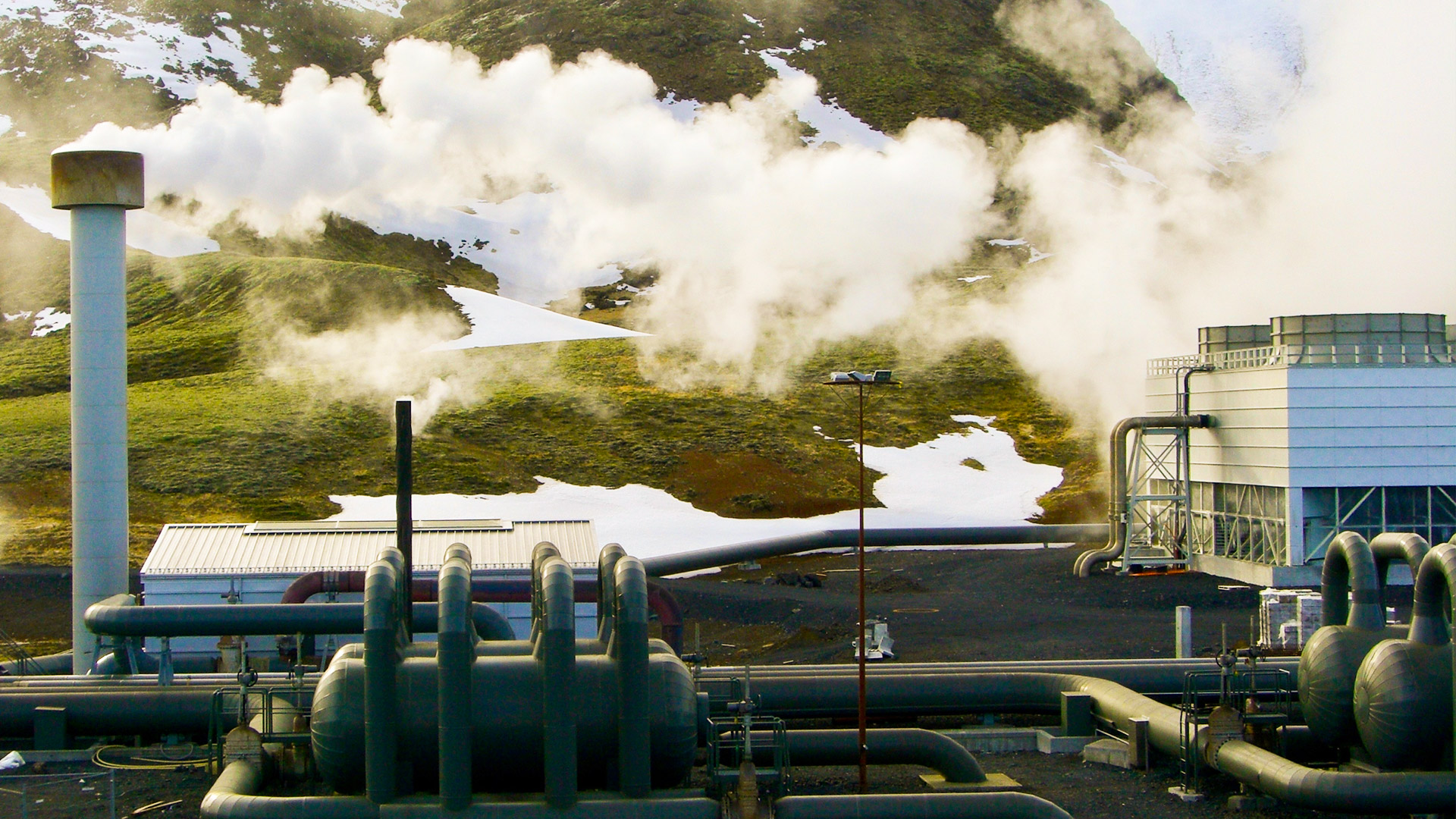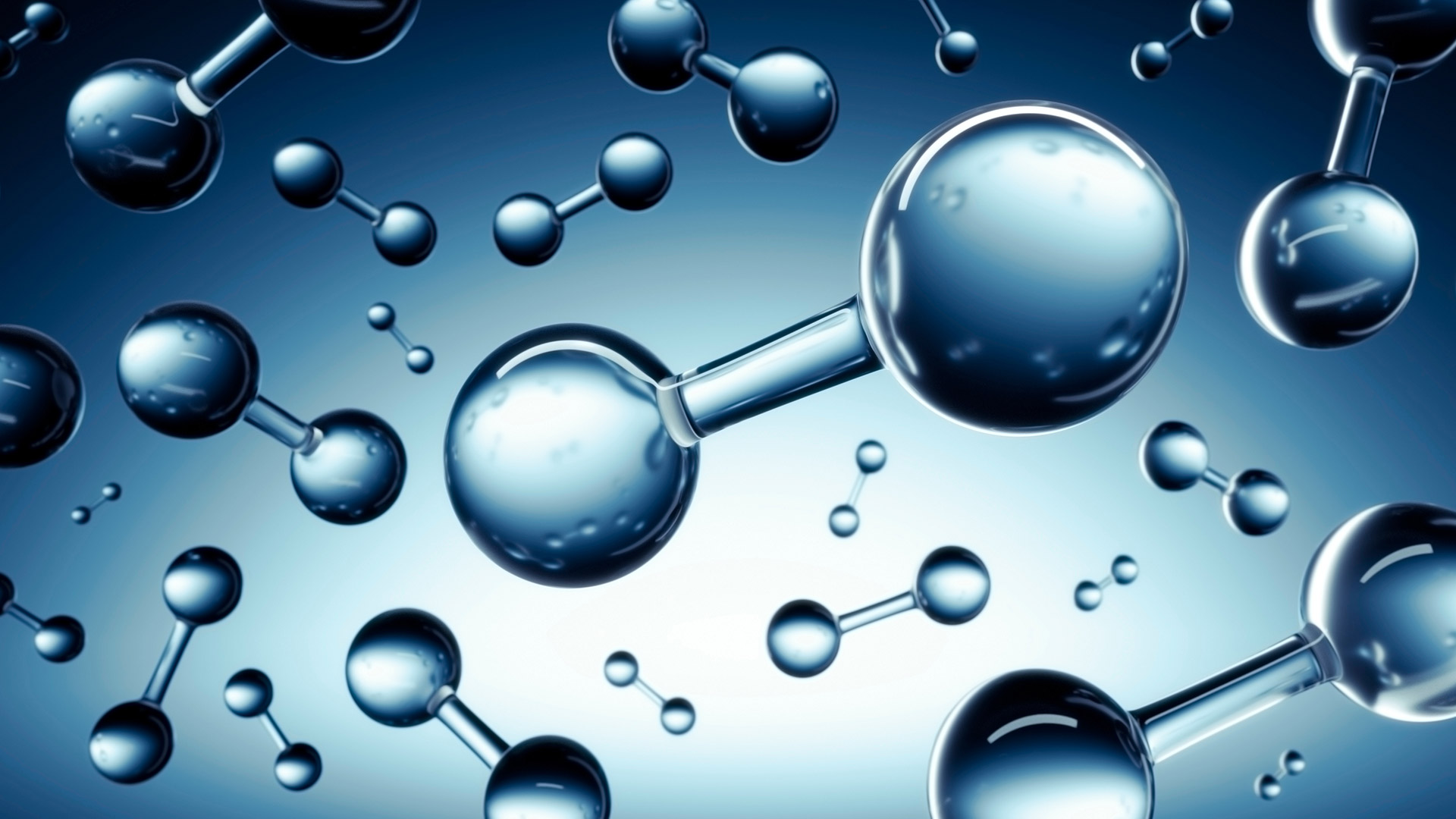Use of hydrogen
The term « hydrogen economy » was first used in 1970. Over the years such plans became more and more concrete and in 2019 it was announced that a hydrogen plant was planned in the port of Hamburg. This would be the largest hydrogen plant worldwide.
So far, hydrogen has been produced primarily from fossil fuels (e.g. natural gas and heavy oil). However, due to the high amounts of carbon dioxide produced during the production process, it was felt necessary to change the production more sustainable. The energies used to produce hydrogen had to be renewable, and this brought wind and solar energy into the picture.
So a lot has happened since the discovery of hydrogen in 1766! Today, more than 600 billion cubic meters of hydrogen are produced annually worldwide. Science has now reached a point where hydrogen is already present in many areas of our lives and this raw material will accompany us much more intensively in the future.



